How nature’s wetlands
can protect us
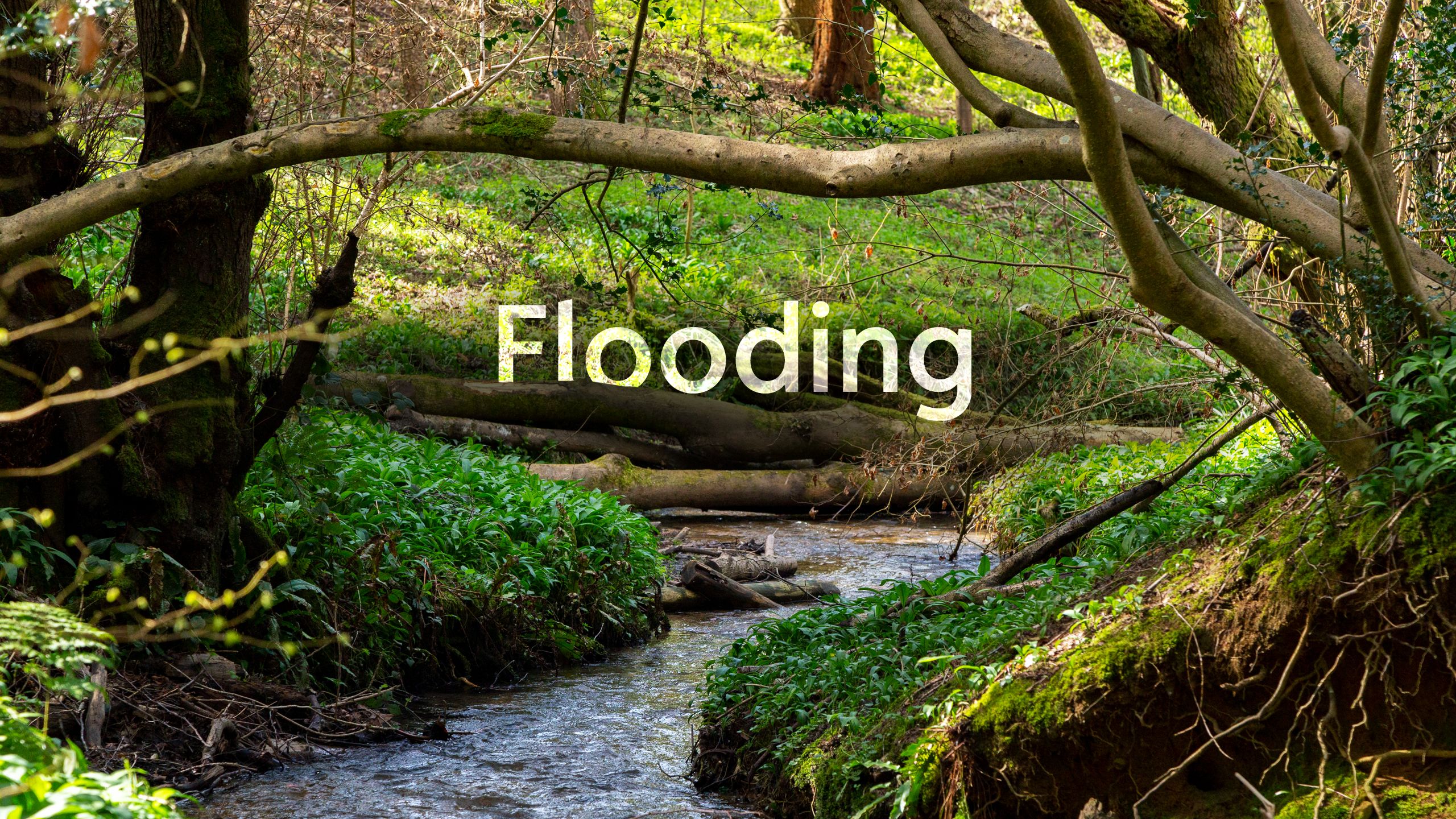
Flooding
How nature’s wetlands can protect us
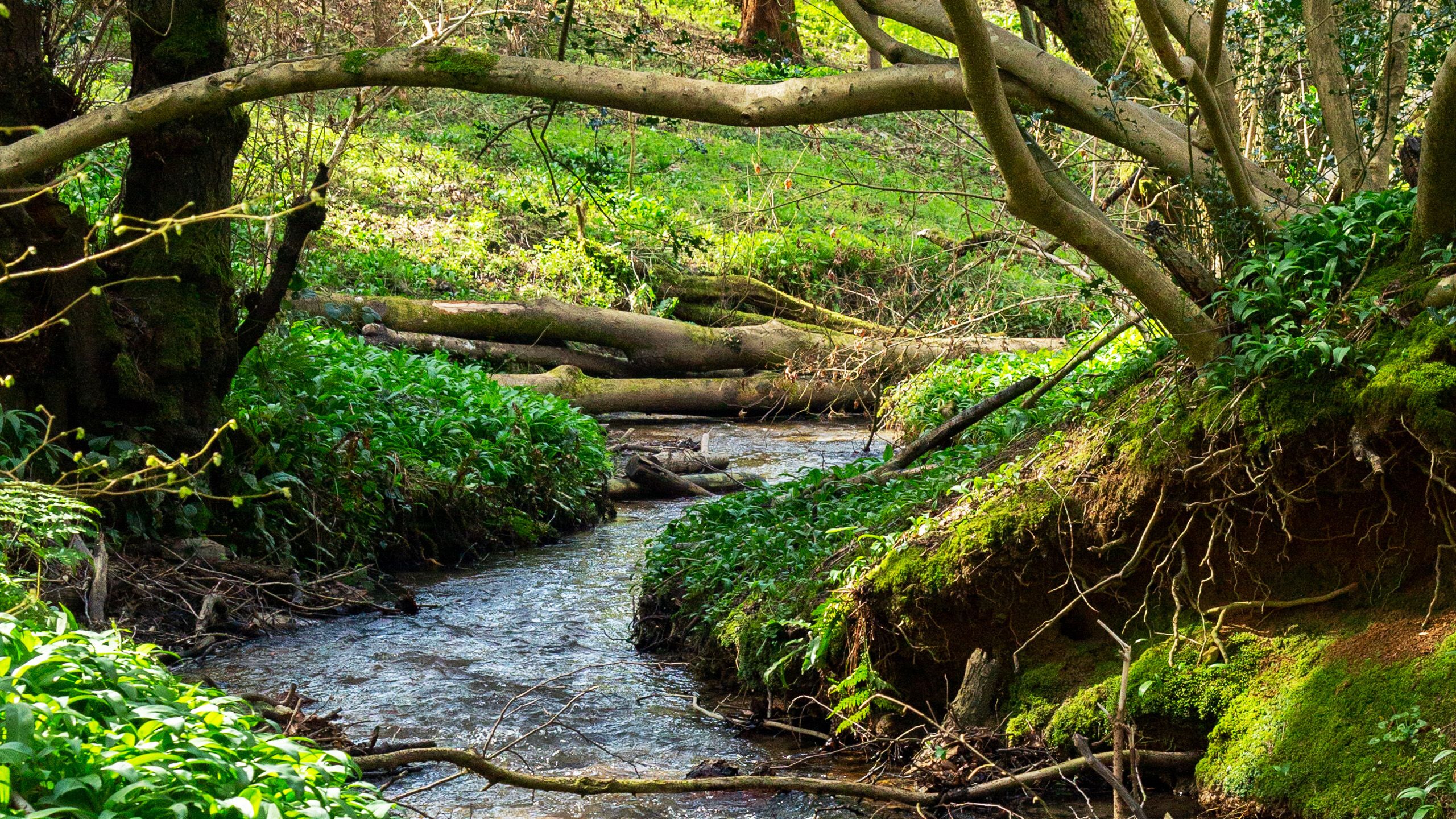
As millions around the world find themselves living with an increased risk of flooding, and with man-made defences no longer proving enough, there’s a pressing need to find new solutions.
It might seem counterintuitive, but adding water in the right places could be the answer.
Rising floodwaters
For local resident Bryony Sadler, it was torturous having to watch the waters creep relentlessly across the Somerset Levels, coming ever closer to her home, while being helpless in the face of their advance.
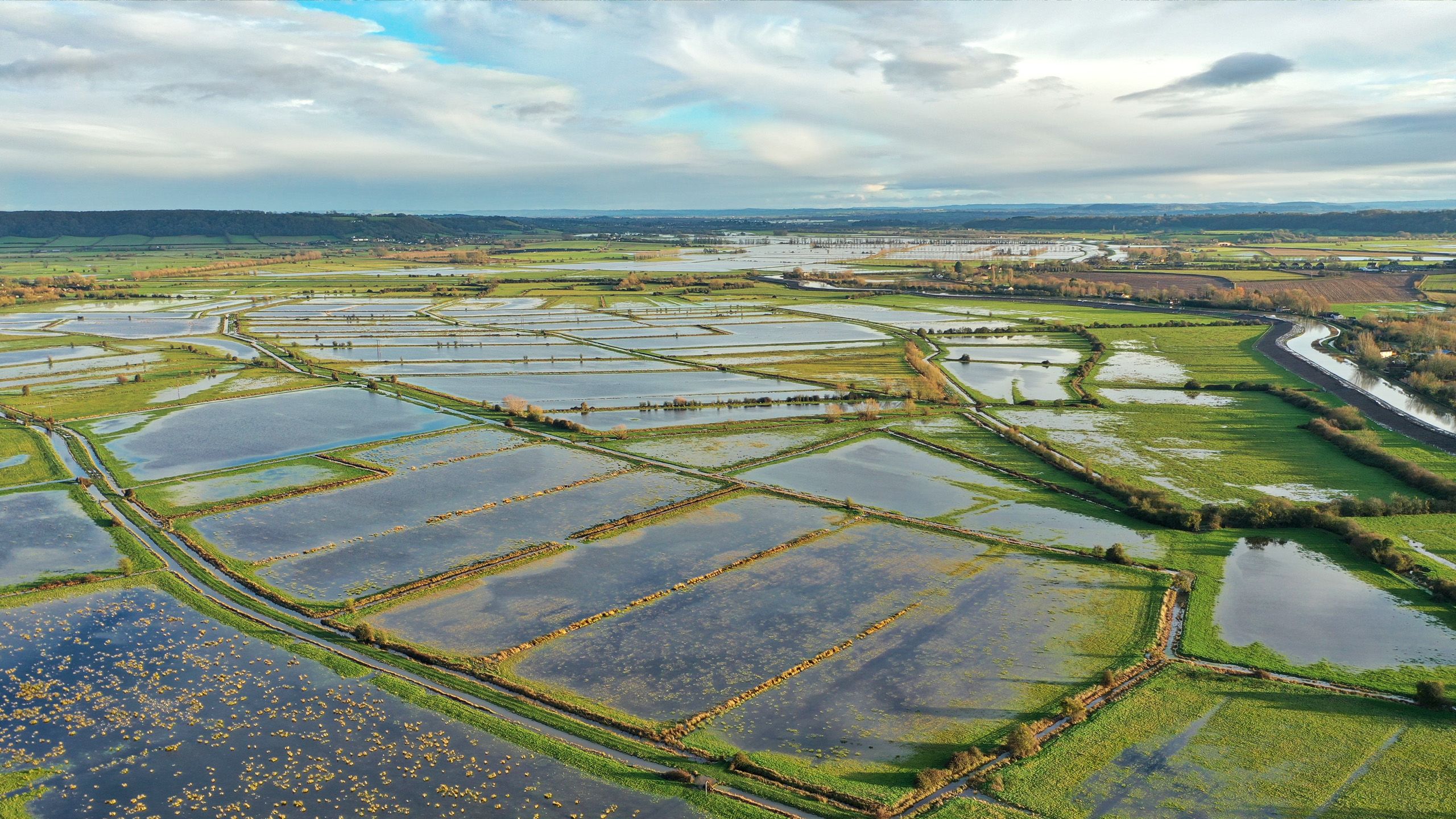
‘There was two foot of water throughout the whole house and for three weeks, just to be able to get home to check the house you had to wear waders because you were literally pushing up to your thighs in water to get to your house.’
It was a position she never thought she’d find herself in. In January 2014, after weeks of intense rain, floodwaters in Somerset reached record levels, affecting houses previously safe from flooding. The flood wrecked Bryony’s kitchen, damaged carpets and floor coverings, warped doors and skirting and even saturated the brickwork and plaster, all of which had to be replaced.
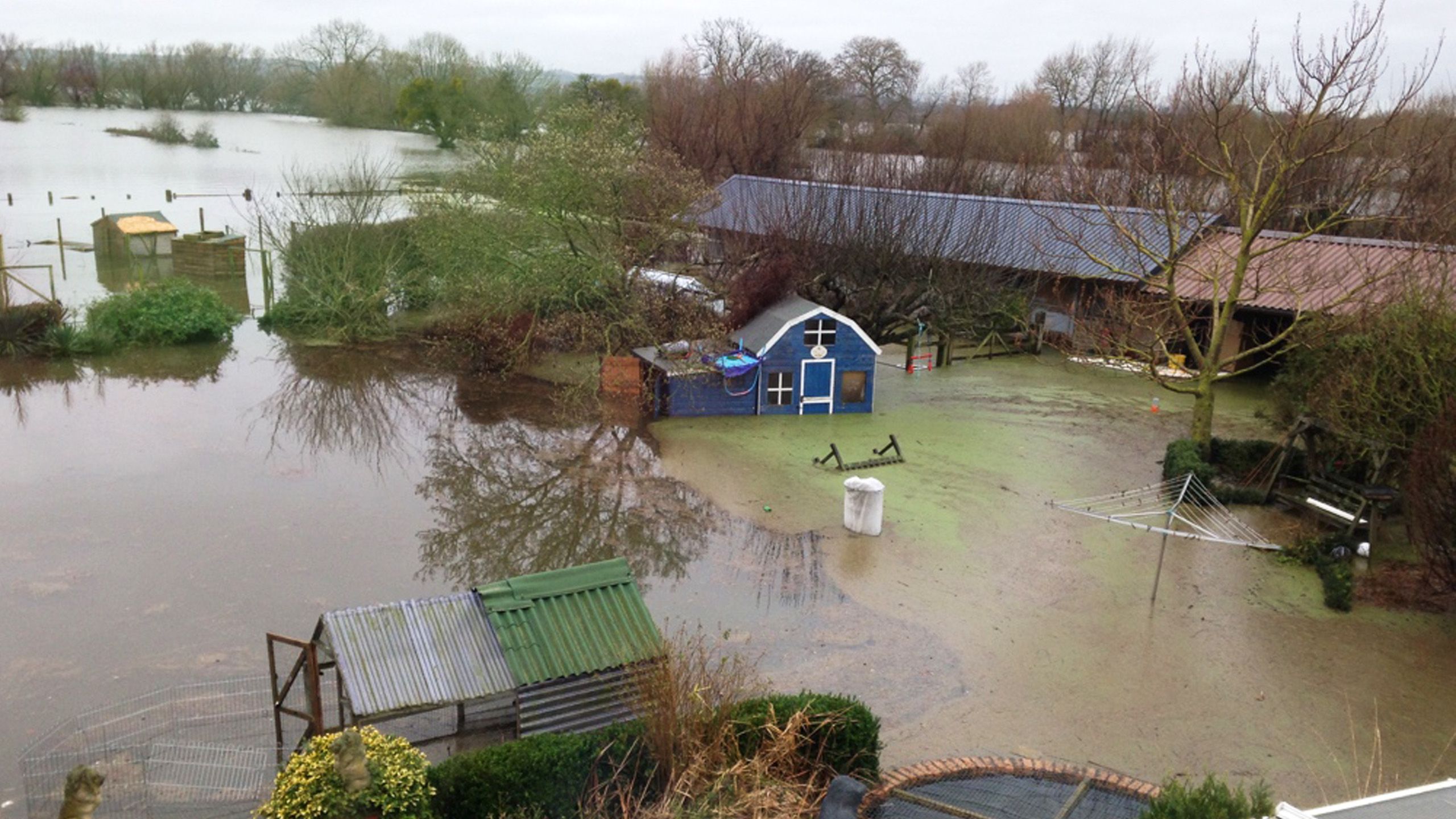

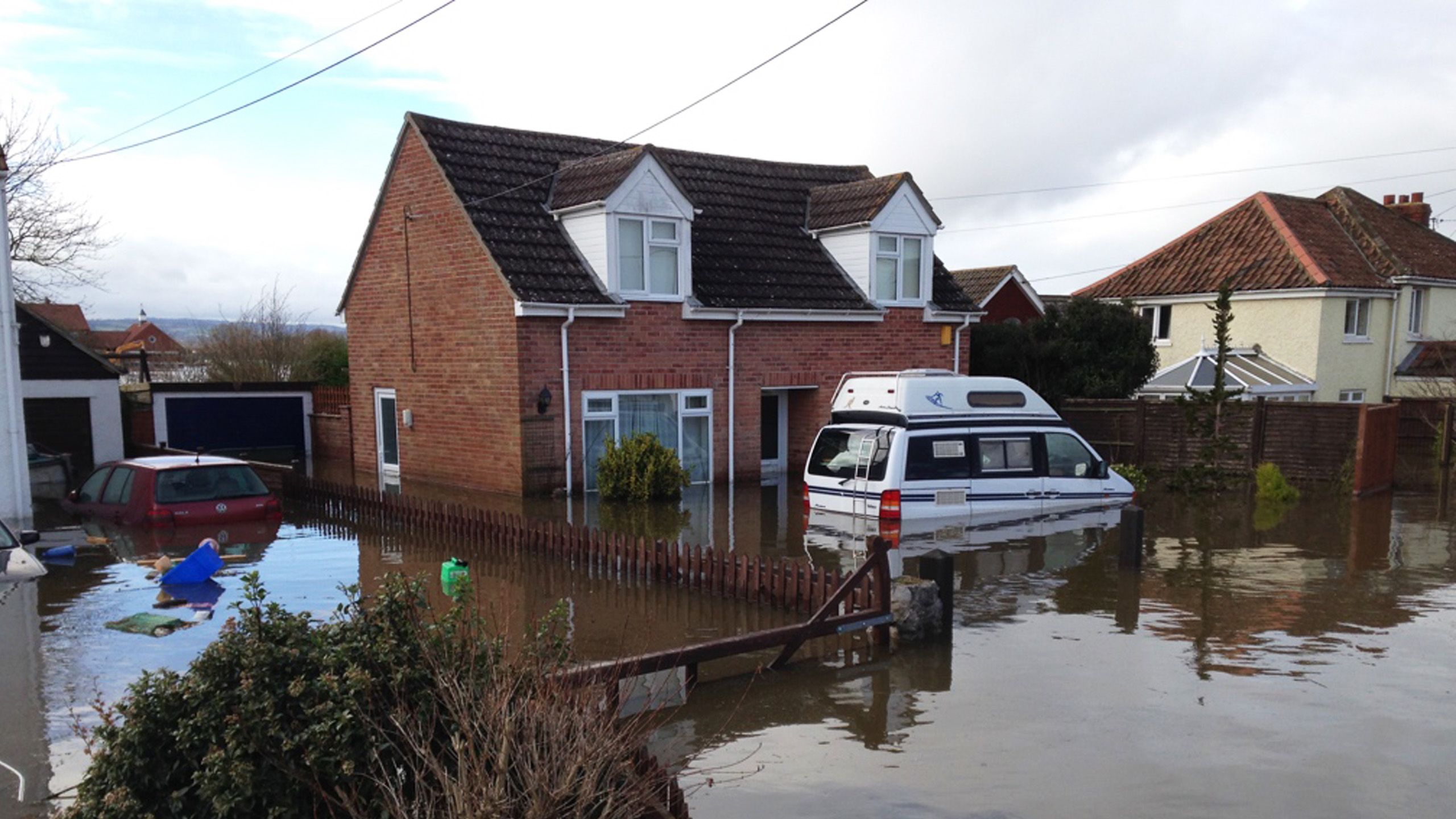



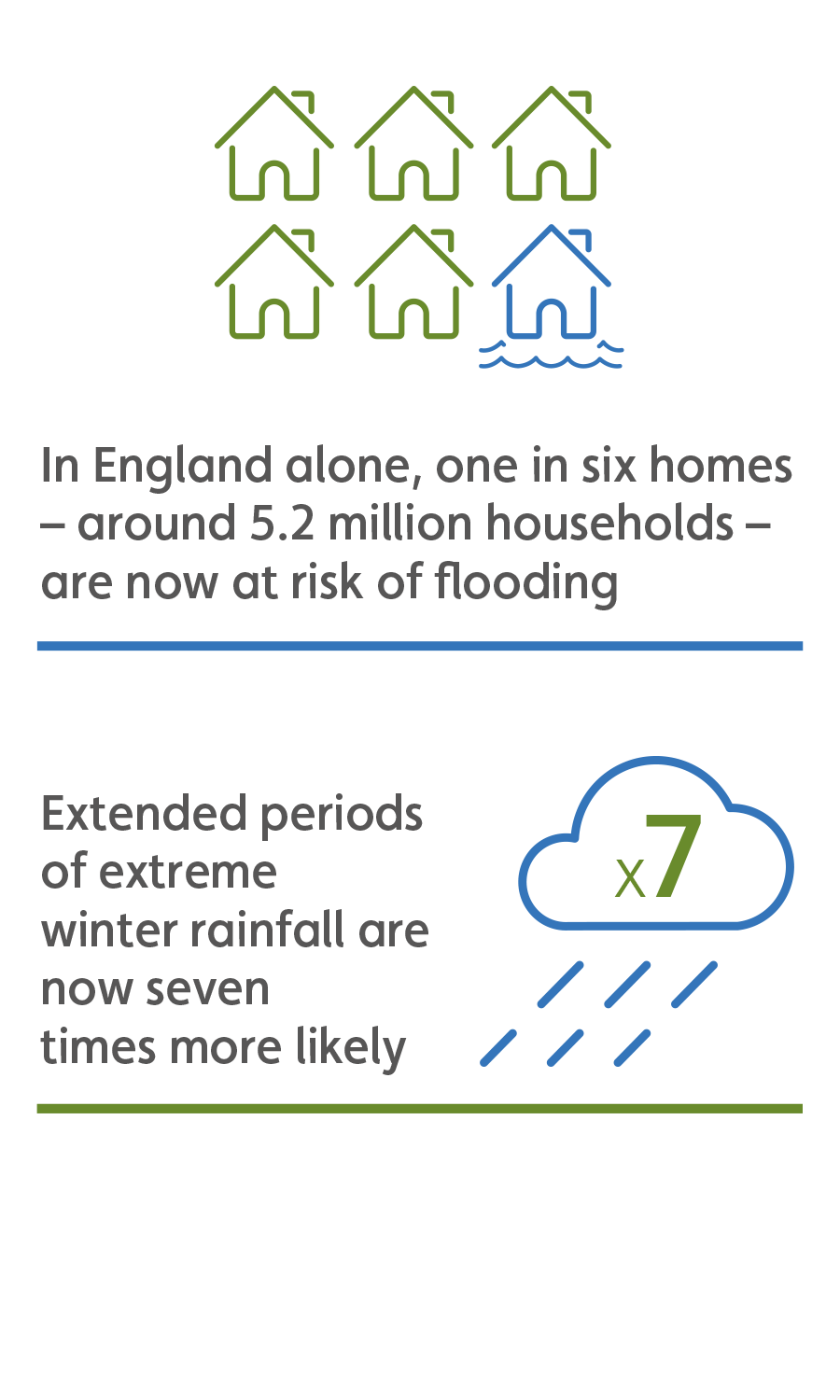
The cost of climate change and flooding
Bryony’s story is one that’s being repeated more and more across the UK, with flood risk now one of the UK’s top climate change risks.
Scientists predict that one of the impacts of our climate emergency will be heavier rainfall and greater frequency and strength of storms. Figures show that England had its fifth wettest autumn on record in 2019, according to evidence from the Met Office. It also shows the number of winter storms has increased in the North Atlantic and that they are getting stronger. Heavy rainfall events are also becoming more frequent; warmer air carries more moisture, which means rains falling in heavier showers.
The financial impact of these storms and the associated flooding is increasing. Estimates suggest that the cost to the insurance industry of the storms that battered the UK in early 2020 could hit £425 million. By the 2050s the annual average losses from coastal and river flooding in England Wales could rise to between £1.6 and £6.8 billion. Imagine what that money could otherwise be spent on.
In the area surrounding Moorland where Bryony lives 165 homes were flooded. Across the region, 600 houses and 17,000 acres of agricultural land were affected. The cost of damage ran into the millions. But the emotional and psychological damage was the hardest for Bryony to bear:
People’s mental states are so massively affected. Because you’ve been through so much it still really affects you and will do for years to come.'

Local resident Bryony Sadler and her daughter Elsa
Local resident Bryony Sadler and her daughter Elsa

What’s to blame?
Climate change isn’t the only reason we’re experiencing more flooding. Over the centuries, we’ve got rid of one of the world’s greatest flood busting habitats – wetlands. And we’ve done so at our peril.
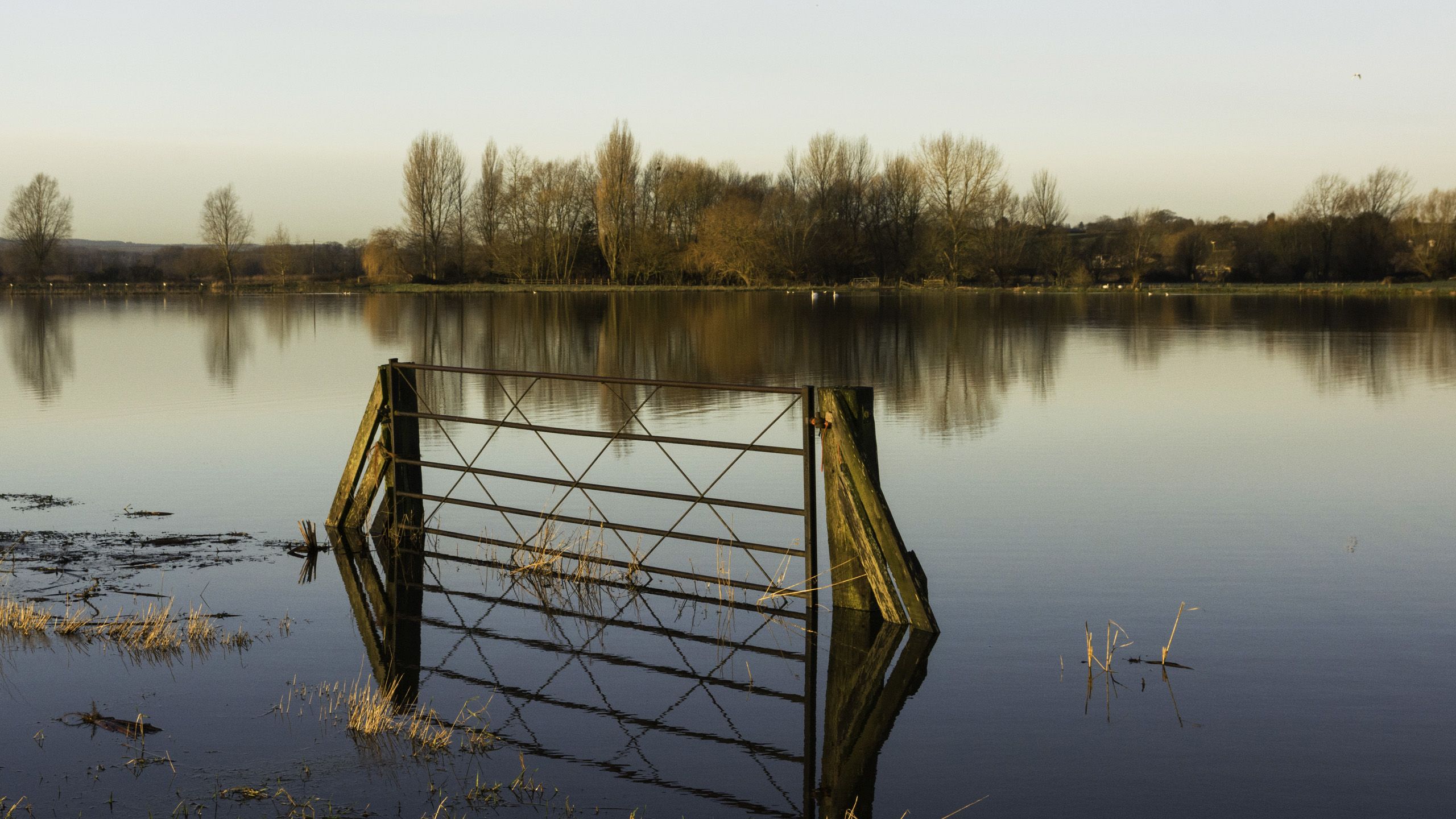
One of the reasons the area around Bryony’s home on the Somerset Levels is so susceptible to flooding is because historically what was once marshes were drained to create productive farming land. Grassland has disappeared and been replaced with crops like wheat and maize. With fields often left bare over winter, there’s now much more surface runoff, which is causing increased flood risk downstream.
As the water was lost, the land shrank and its rivers and drains ended up being higher than the land itself making this area, which is known as the moors, at a high risk of flooding.
Previously, these moors were a saving grace. They acted like vast reservoirs, storing the water until it can be pumped away. Some of the moors flood every year; Northmoor, where Bryony lives only fills up when rainfall is particularly high. Unfortunately for Bryony so much rain fell at the beginning of 2014 that the moors kept filling up, eventually causing her village to be flooded.
The Somerset Levels
People have been living, fishing and foraging on the Somerset Levels for millennia, and draining and farming the fertile land since the time of the Domesday book.
The seasonally flooded nature of wetlands of the Somerset Levels means they can support a huge range of wildlife; they contain 32 Sites of Specific Scientific Interest (SSSIs).
Floodplains: the cradles of civilisation
Watching our news reports you’d be forgiven for thinking that flooding was something that has to be prevented at all costs. Yet it’s easy to forget that for millions living around the world, seasonal floods are natural and in many places are something to be welcomed. For with them comes life-giving water.
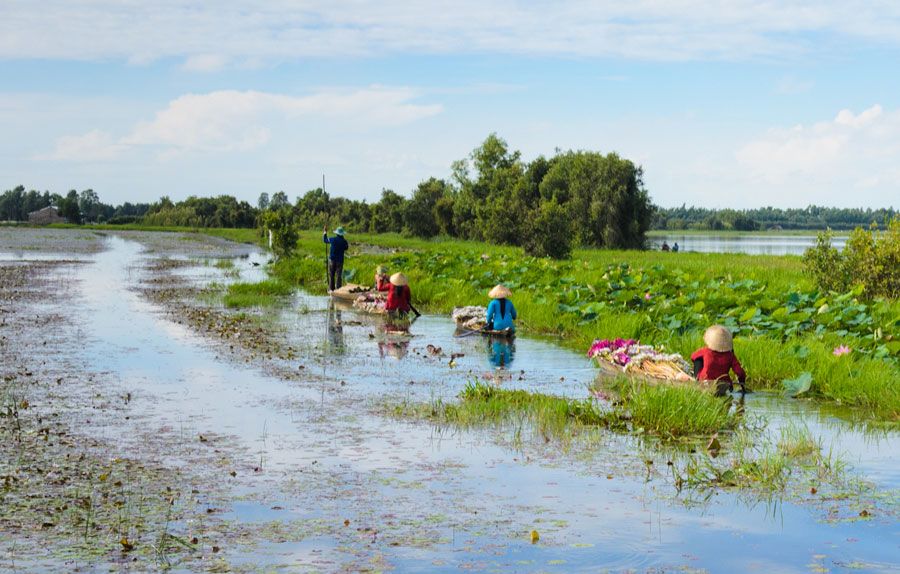
They replenish the land with nutrients, boosting agriculture and providing food, water, resources and grazing to sustain them and their livestock the rest of the year. People have chosen to live on these fertile flood plains since the dawn of civilisation.
The vast, seasonally flooded maze of rivers, swamps and islands of the Mekong Delta provides essential livelihoods for millions across the region. In Cambodia, 46% of the population work on the country’s seasonally flooded lands around the Lower Mekong valley.
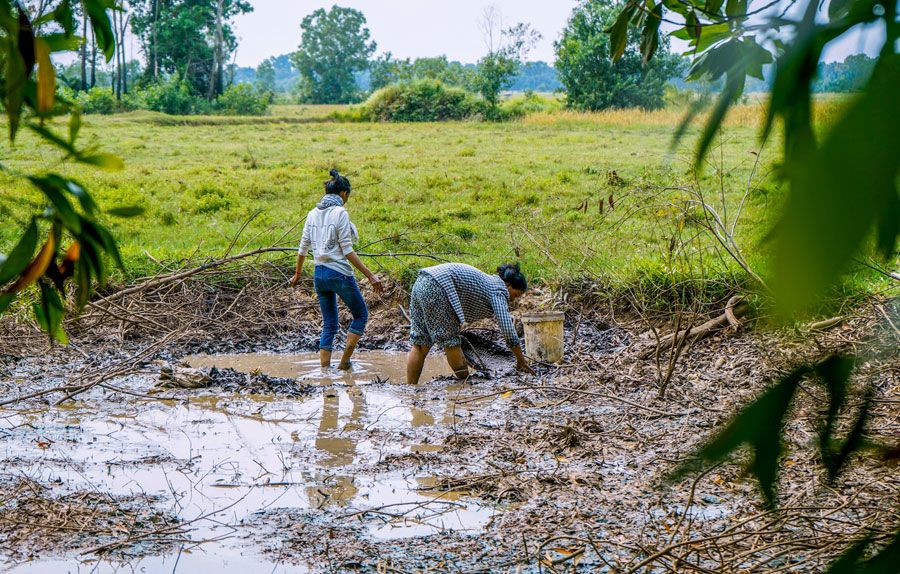
Ker-Boeung Salakhang lives in the Thong commune in Cambodia where he is a council member for the commune. As he explains, the flooding season is very important for the people who live in the area.
‘The floods bring soil to restore their farms and rice fields. The floods also bring fish which are an important food source for people and wildlife. The floods also fill the wetlands which are the water resources during the dry season.’
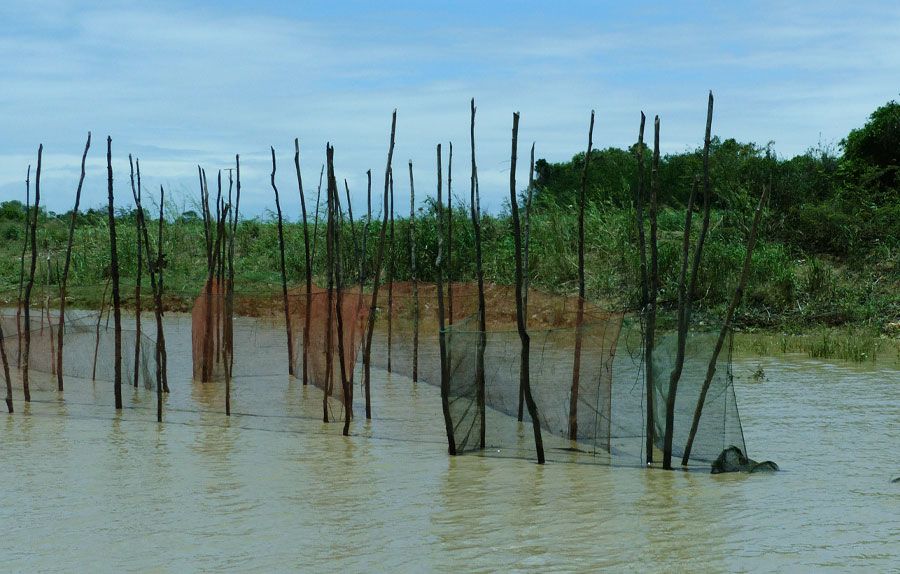
During the recent pandemic, it was to these wetlands that millions of migrant workers returned when their jobs in the cities disappeared overnight. For them they offered their best chance of staying resilient throughout the pandemic.
Ang Moeun is Community Chief in Prey Kla, a village in Boeung Prek Lapouv, one of the largest remnants of seasonally inundated wet grasslands in the Lower Mekong. He explains what happened:
‘After the outbreak of COVID-19, many people from Boeung Prek Lapouv who used to work in garment factories had to return home because their work was impacted. Now many of them go to the wetland to get their food and collect necessary things.’
Water lily, lotus, mushrooms and other vegetables plus rats, frogs, snails and fish; just some of the resources people have been collecting from their local wetlands in order to help feed their families during local lockdowns.
Flood-mitigating wetlands under threat
But these critically important wetlands are now under threat. Cheung Ek is a sprawling wetland found just south of Phnom Penh in Cambodia. It plays an important role acting as a natural store for 70% of the capital’s rain and wastewater. But it’s now in danger of being destroyed to make way for the development of a new city. There are warnings that if the wetland is lost it could place one million Phnom Penh residents at an increased risk of flooding.
There are also concerns that if wetlands continue to be lost, the city would lose its natural wastewater treatment system. Instead, the capital’s raw sewage would end up polluting nearby rivers and contaminating fish stocks, as WWT’s Office Manager in Cambodia, Saber Masoomi explains:
‘Phnom Penh has very little in the way of infrastructure to help treat its wastewater. The wetlands are the primary and free sources of the city’s wastewater treatment. If they’re lost, it will be a major issue for the capital.’
Cambodia isn’t the only country that’s seen a dramatic loss of its wetlands.
Across the world, a third of wetlands have been destroyed since 1970.
This loss has brought with it devastating consequences, hampering our ability to deal with the increasing number of floods we now face. Physical flood barriers like concrete walls and dams have an important part to play in protecting our homes and businesses from flooding. But they’re expensive, and we can’t afford to build and maintain vast flood defence schemes for every village, town and property that floods.

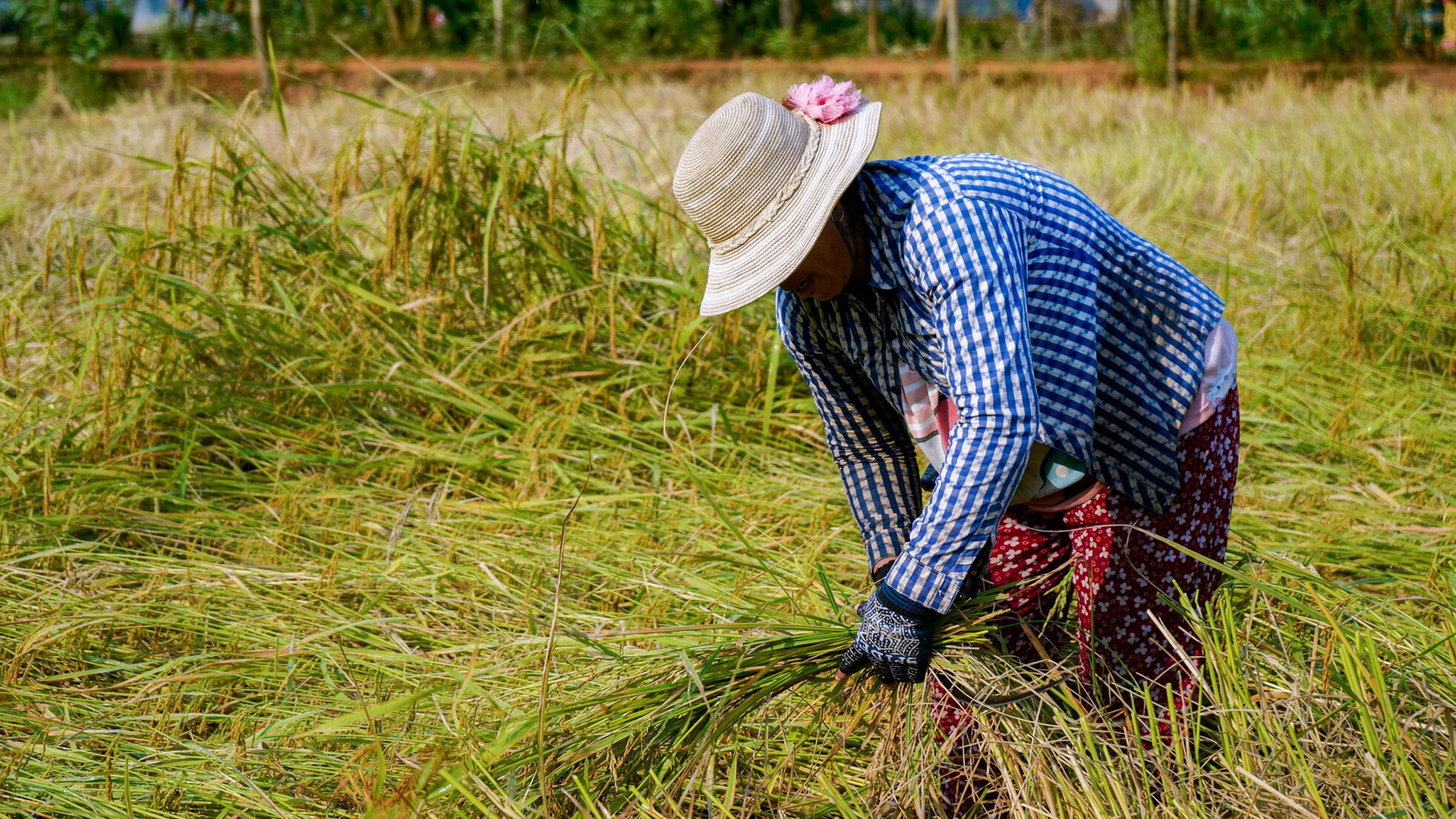
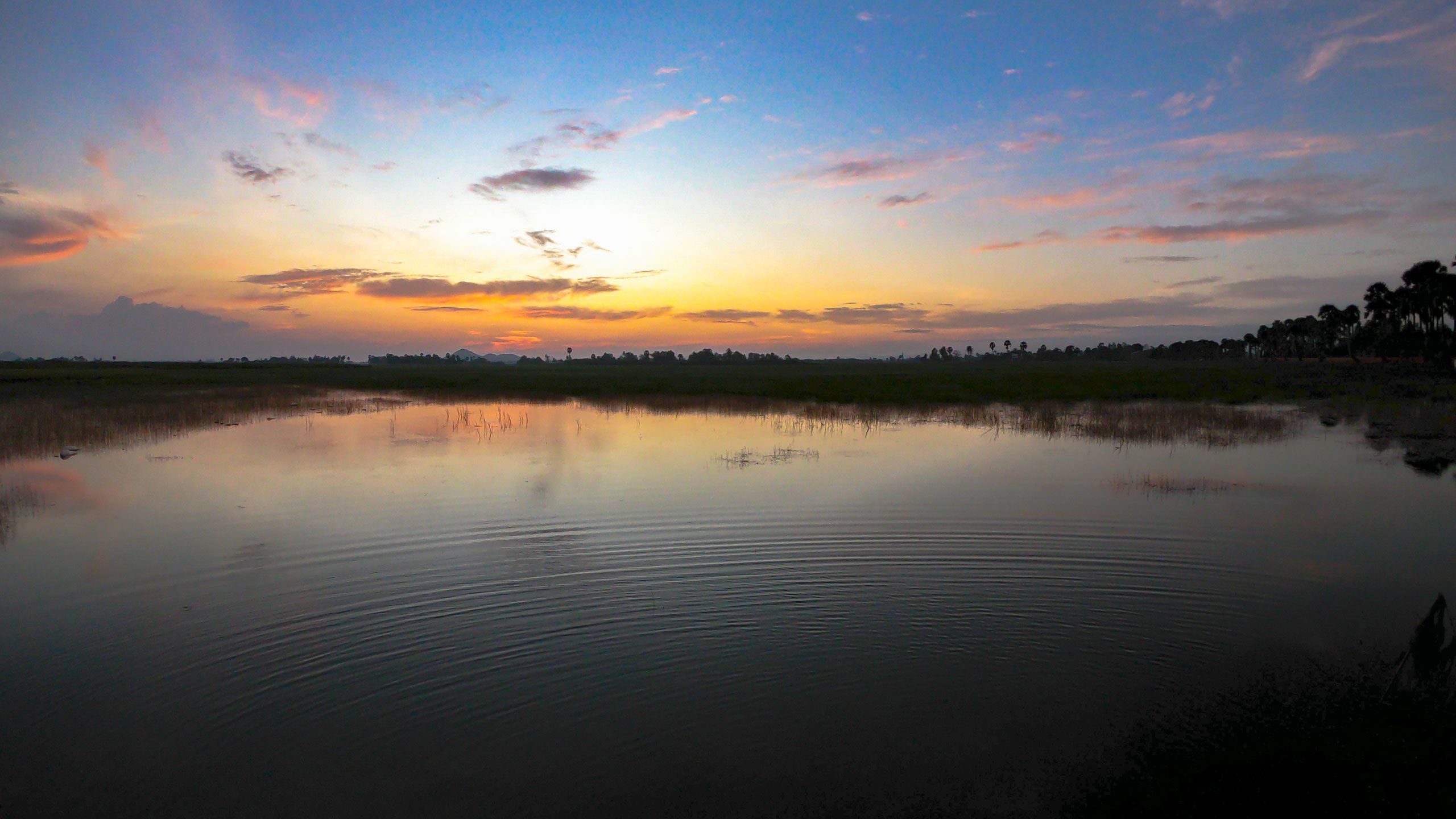
The solution?
Slowing the flow, returning to nature
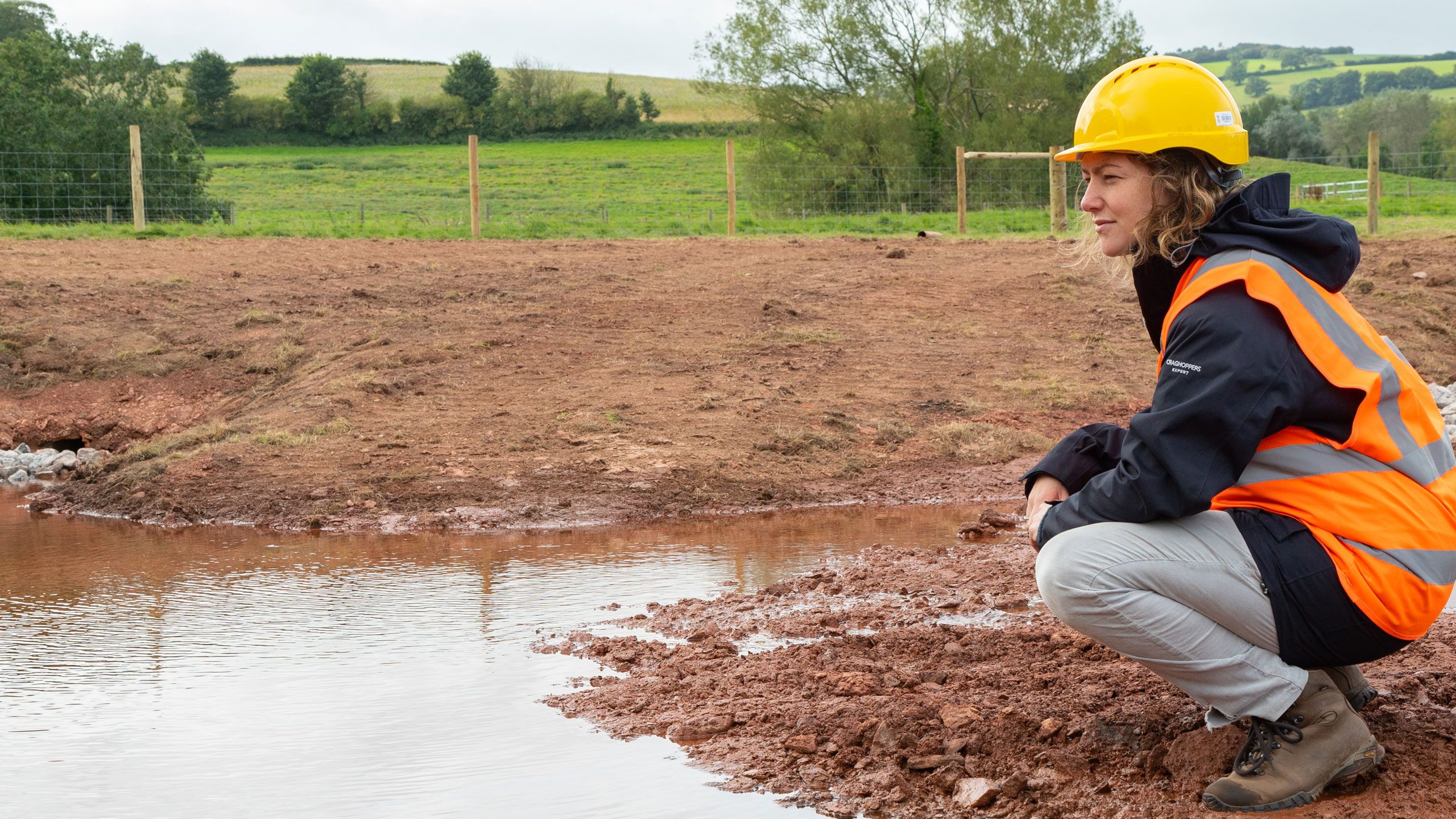
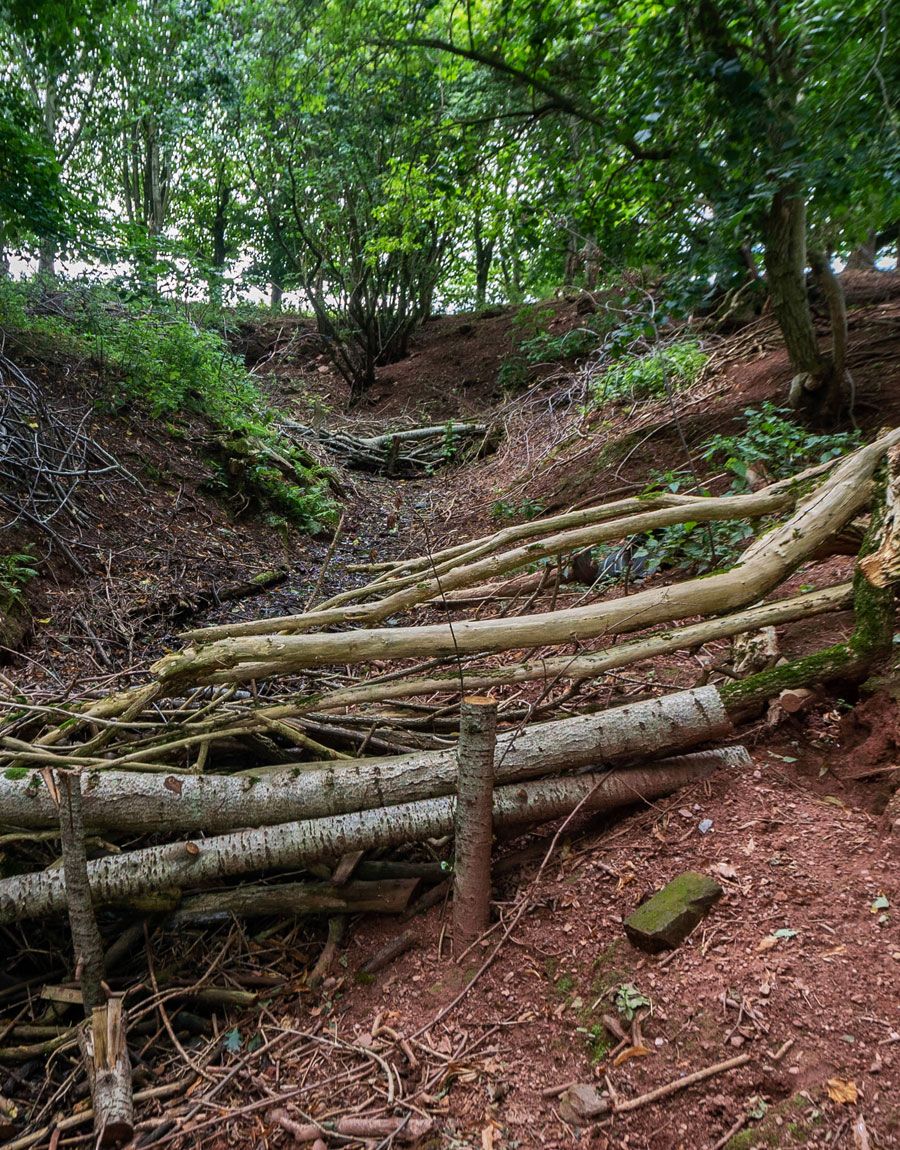
Carina Gaertner is passionate about hedges. Today she’s working in the Doniford Valley in the Quantocks in West Somerset on a flood prevention project planting 300m of new hedgerow as part of a project with wetland conservation charity WWT. This is just one of a mosaic of natural interventions across the catchment, an approach that sounds revolutionary but creates an impression of an older, wilder landscape.
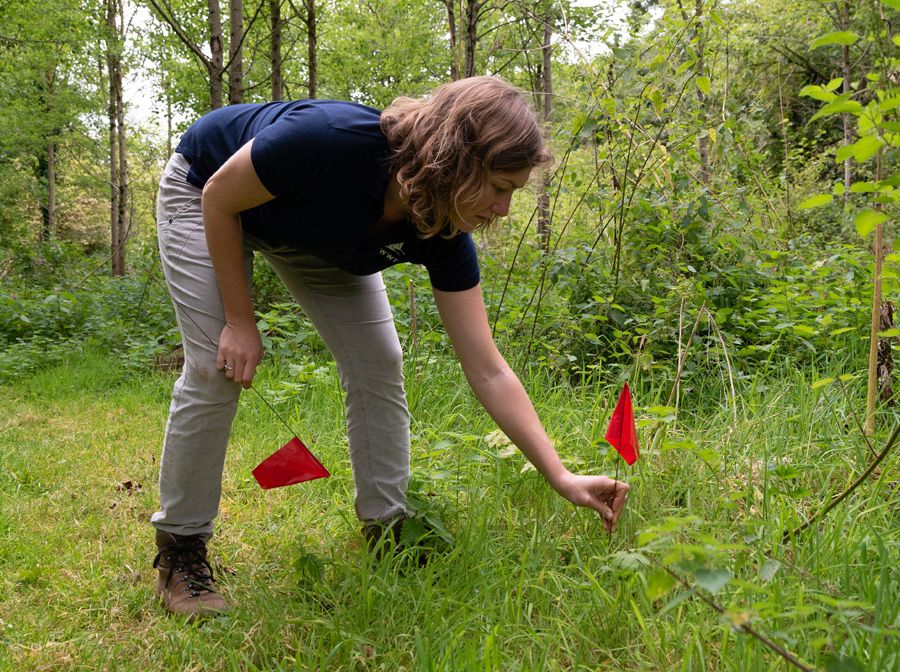
For two hundred years we’ve followed the ‘getting rid of water as quickly as possible’ approach, clearing out watercourses, straightening and sanitising them; making water flow away as quickly as possible. But the problem with this is that those further downriver get flooded.
But as Carina explains, she’s following an alternative approach to floodwater management. And it’s one that’s gaining ground around the world. By using ponds, hedgerows and natural features, Carina aims to slow the flow of water.
‘The idea of Natural Flood Management (NFM) is not an entirely new one. It’s an umbrella term for a range of different techniques that use natural features in the landscape like ponds, flood plains and wet woodlands to manage water, slow it down and reduce flooding.’
The premise is to hold water in the landscape for as long as possible to allow it to slowly pass through the catchment over a long period rather than rushing off the land in a flash flood. It encourages a change of mindset, a degree of letting go, of being less tidy and to an extent, letting our rivers and streams ‘rewild’.
Using wetlands to manage flood risk isn’t intended as a stand-alone alternative. However, increasingly it is being recognised that in some cases, they can offer a more natural and more cost-effective way to manage this risk.
‘Storms Ciara and Dennis – and communities that have suffered repeated flooding events in recent years – have highlighted to me the importance of making nature’s power part of the solutions we urgently need to tackle the challenge of flooding.’

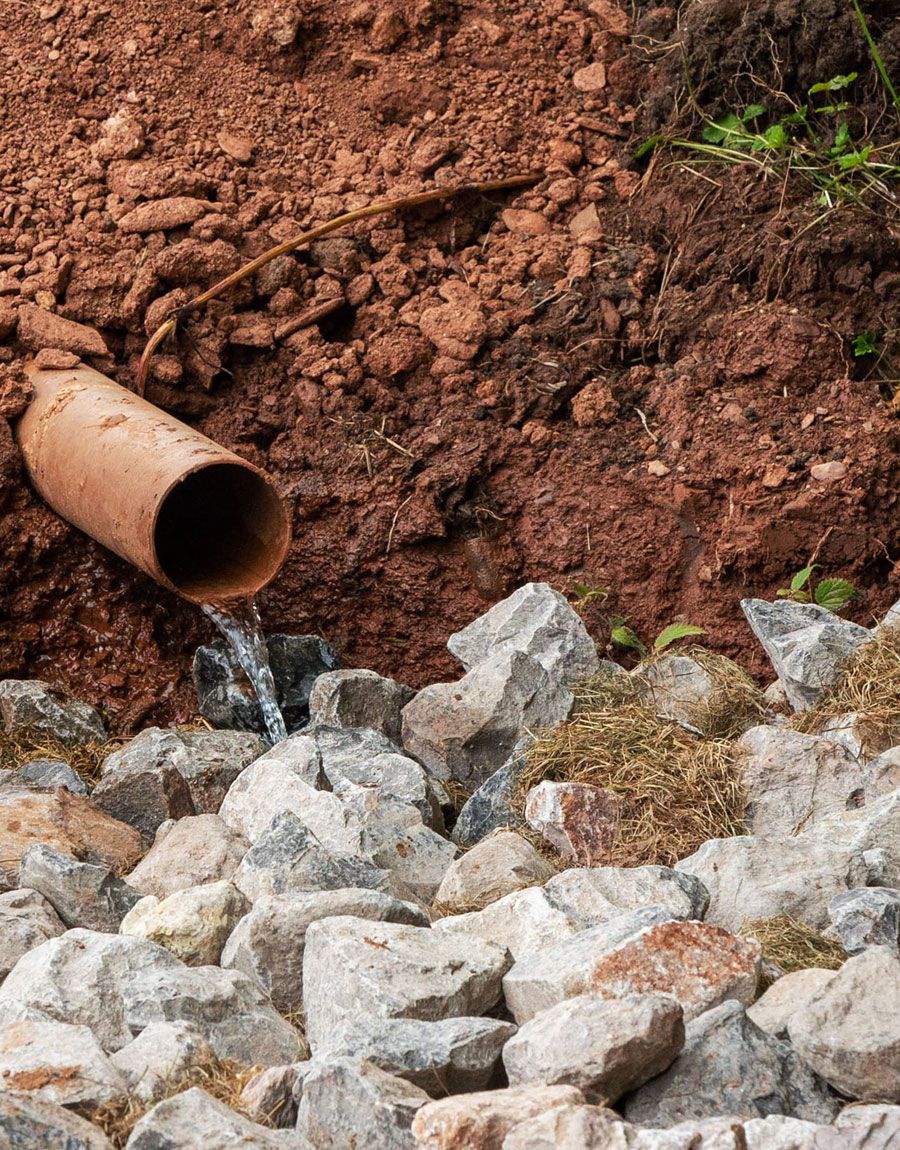
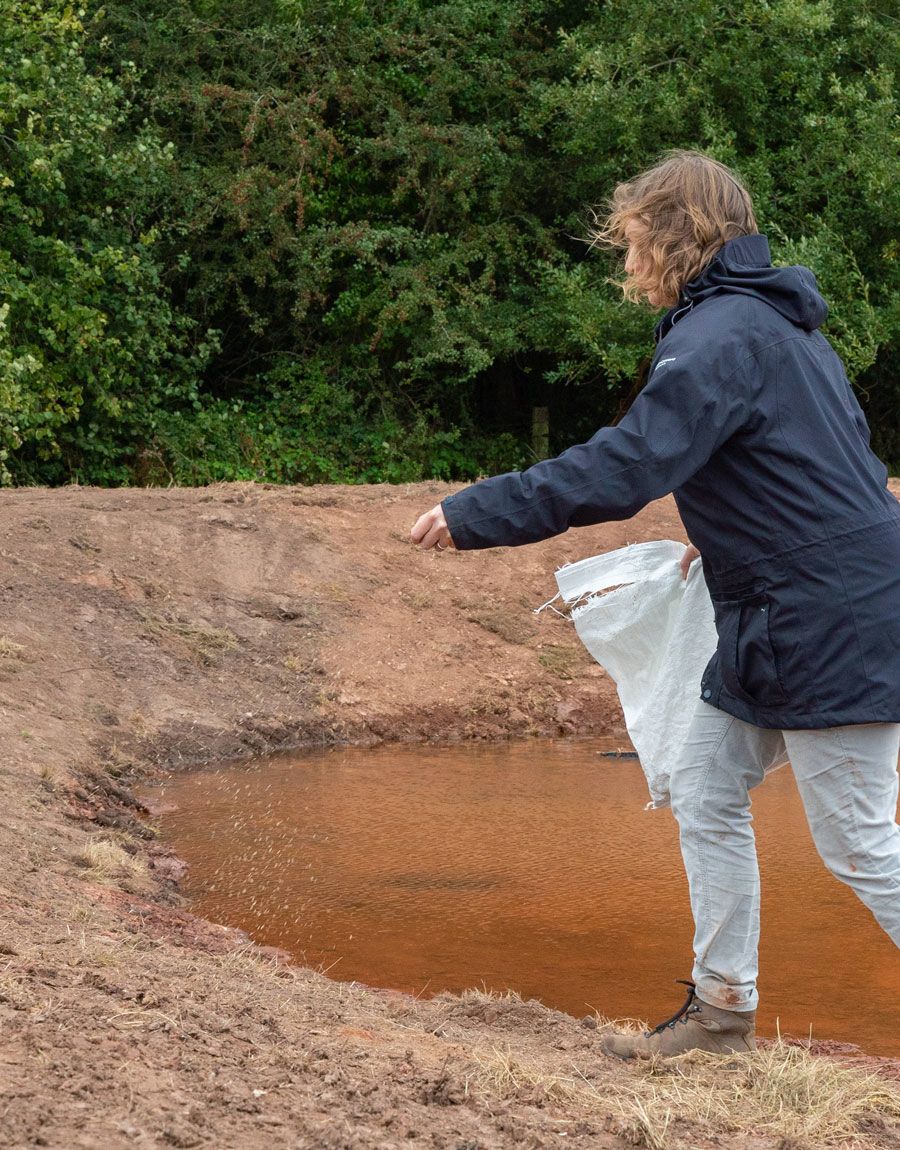
What are the different flood management examples
and how do they work?
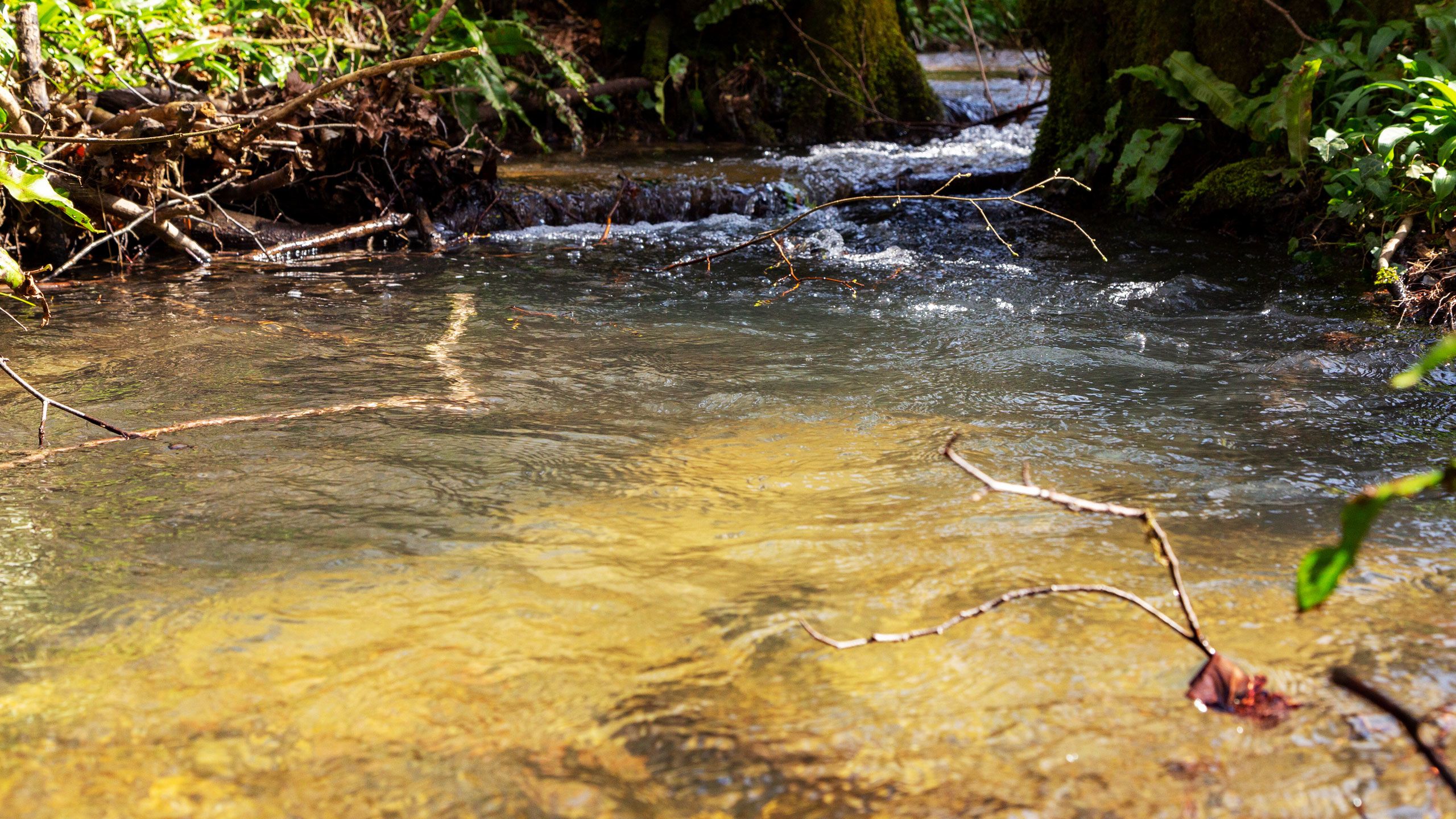
Working with the landscape
Poor land management contributes to flooding in some areas. This graphic shows how the way uplands are farmed can cause soil and water to flush into rivers, by denuding slopes of natural barriers and compacting land with cattle and heavy machinery.
But NFM strategies offer an alternative way of managing the land by helping to slow the flow of water and so significantly reduce the impact of flooding on homes and businesses.
Working with the landscape
Poor land management contributes to flooding in some areas. This graphic shows how the way uplands are farmed can cause soil and water to flush into rivers, by denuding slopes of natural barriers and compacting land with cattle and heavy machinery.
People who have seen a huge difference
Jan Swan lives in West Somerset in Sampford Brett, a small village nestling on the edge of the Quantocks. She knows only too well what it’s like to be flooded and the damage it can cause:
‘We’ve had flooding caused by our local stream overflowing its banks and cascading down the main street flooding properties. On a couple of occasions, we’ve had to sandbag front doors to protect homes, and flooding has cut off the road in one direction for about four weeks.’
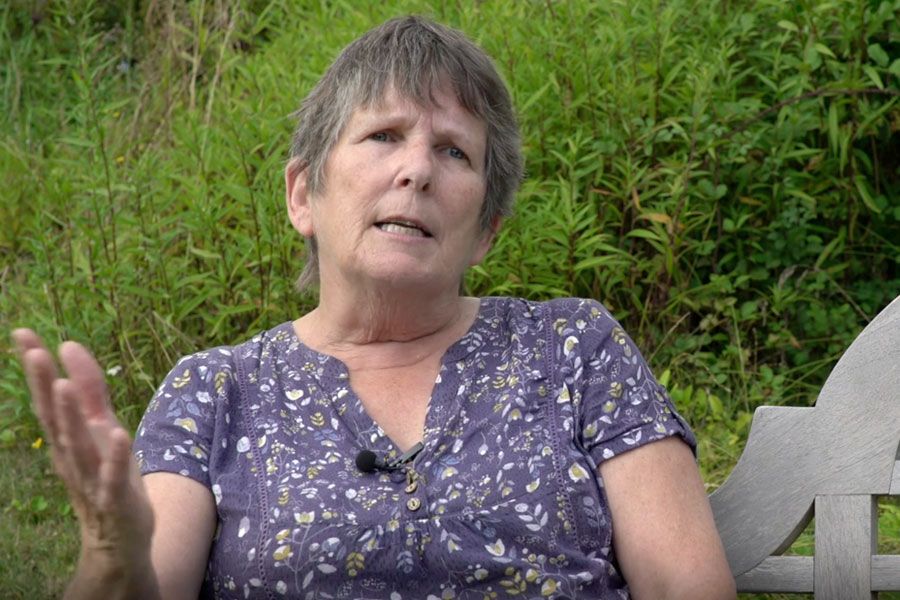
But she’s confident that Carina’s hedges, ponds and other NFM features will make a huge difference:
‘All these small measures that are being taken to reduce the flow and increase the holding capacity of the land should really help reduce the risk of surface water flooding.’
Richard Perry’s also seen a big improvement. His smallholding near Williton used to flood, but not any more:
‘They’ve planted trees, hedges, dug a pond and created a woody dam in a gully to slow the flow coming down off the arable farm at the back of our small-holding. There’s been a definite improvement in the amount of flooding and amount of damp land.’

For Niels McCartney from the Environment Agency, this project is providing evidence that NFM can be an important alternative to costly hard engineering schemes:
‘For many years, the norm was to use engineered projects to reduce flooding. Although they have their place, you can’t do them everywhere, especially in rural areas like West Somerset where we’ve struggled with them. That’s why NFM is so worth exploring. It complements our work and fills the gaps where we can’t do traditional hard engineering.’
And in July 2020 the Government agreed, announcing it was earmarking £200m of the floods budget for natural innovation measures.
And with concerns that people’s homes will be at greater risk from flooding because new homes will overwhelm existing drains, money is also being made available for innovative projects such as sustainable drainage systems or SUDS to improve flood resilience in new developments in urban areas.
Not just the countryside – protecting our towns and cities
And it’s not just in rural areas where changes in the way we use the land have increased the risk of flooding. In our towns and cities we’ve drained and channeled many of our wetlands that once would have helped soak up and store floodwaters, slowing the flow and reducing runoff. Instead we’ve covered up our rivers and streams with roads, houses and concrete, making them invisible, forgotten and neglected.
The Slad Valley near Stroud, immortalised by the words of author Laurie Lee in his classic novel ‘Cider with Rosie’ may evoke images of an idyllic green and tranquil valley, but it drains into the nearby market town of Stroud, which has a history of flooding. Yet a new type of housing development featuring sustainable drainage systems (SuDS) designed by Robert Bray Associates is demonstrating how, by incorporating wetlands into the design, flooding can become a thing of the past. It’s a vision shared by WWT’s Senior Project Manager, Andy Graham.
‘This project showcases just what sustainable, wetland-friendly urban spaces can achieve. Water is stored throughout the site. It’s not been designed like a normal pipe system that takes water and whizzes it straight off the site, so that people downstream have to deal with the consequences. Instead we have a train of features including ponds, rills and rain gardens that all slow the flow of floodwater and clean it up too.’
These include permeable pavements that mimic the limestone found in the hills around the Stroud Valley and its ability to allow water to seep down into the ground below. Other features like rills and ponds help clean and store rainwater and mimic how it behaves in a natural landscape.
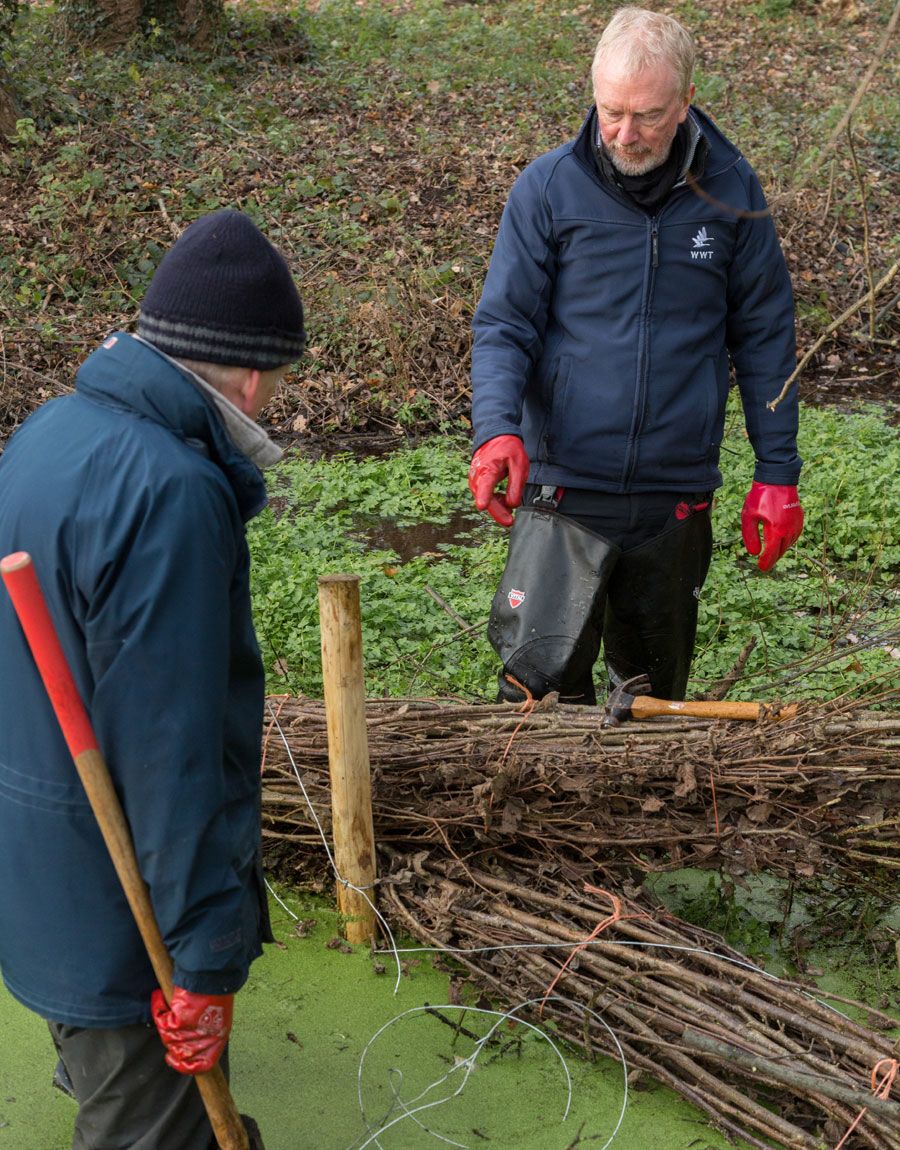
Andy’s never happier than when he’s donning a pair of wellies ready to enthuse his next community group about the wonders of ‘daylighting’ a stream. Many streams in urban areas have been covered up, yet wetlands like these are essential to build resilience to flooding in these urban communities. Today, Andy and his team of volunteers are breathing new life into the Salt Hill Stream in Slough, opening it up to create flood-busting wetlands:
‘The wetlands we’ve created in Slough are working really hard for the people of Slough. Our newly daylighted stream gently meanders through a new floodplain complete with ponds and wetlands alongside. This means that flood waters move more slowly through the landscape and are held in the new wetlands.’

For water companies, creating urban wetlands in this way and using them to mitigate floods is a real bonus for their customers, as Paul Hampton from Thames Water explains:
‘Projects like this help us manage our drainage strategies more sustainably by stopping and reducing the risk of flooding that could be a problem for our customers.’

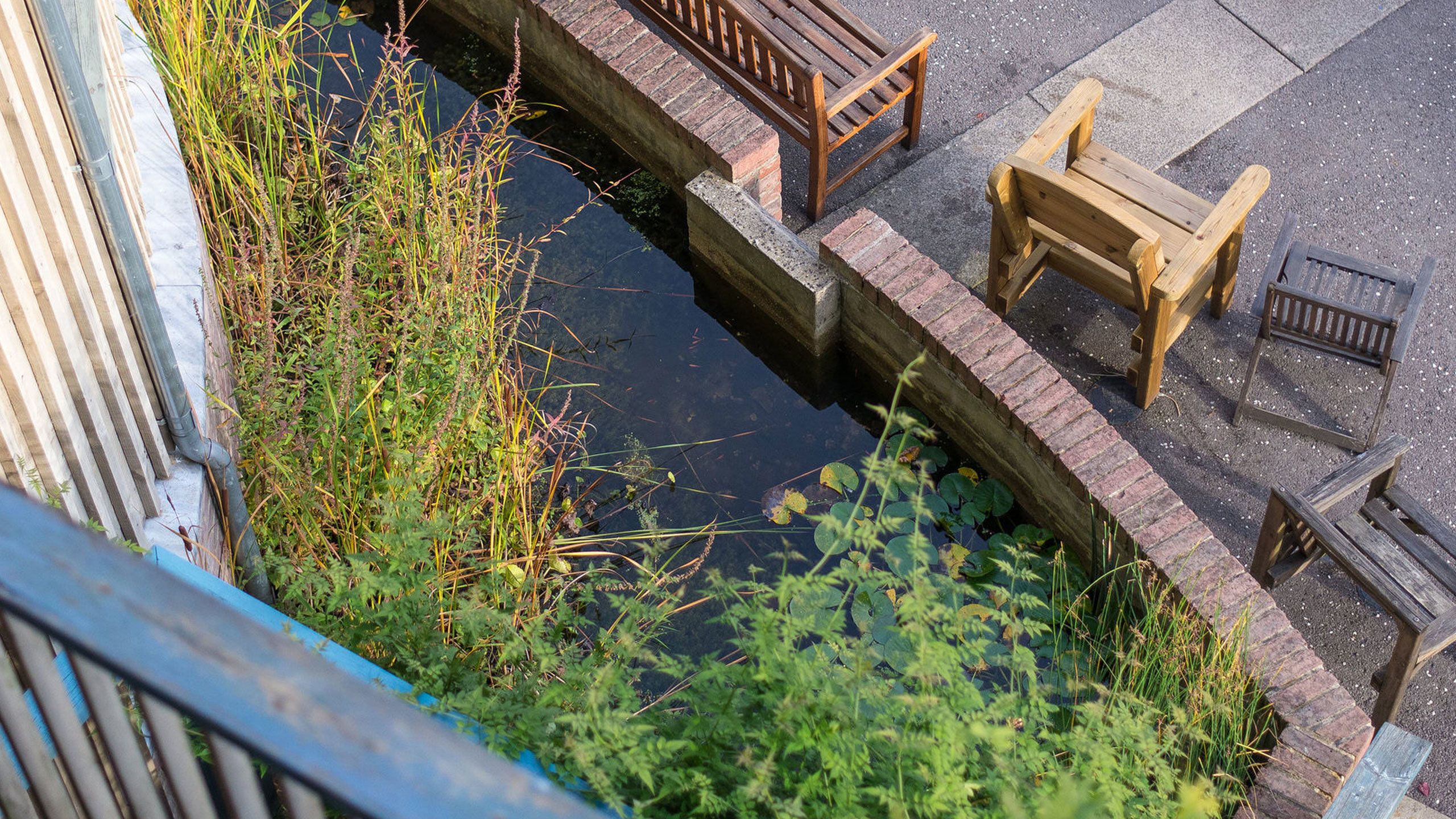


Wetlands: a natural defence against rising sea levels and coastal flooding
It’s not just along our inland waterways and floodplains where wetlands can protect us from flooding. Around the world, coastal wetlands like mangroves and salt marshes are providing vital barriers against flooding and rising sea levels.
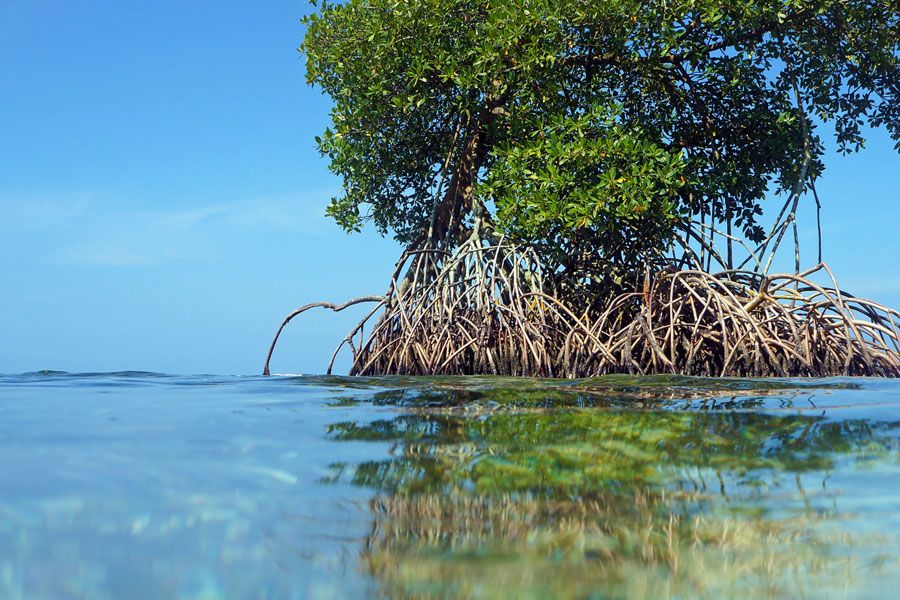
200 years ago, Bangladesh’s British rulers called the Sundarban mangroves a useless swamp. They might have been right about the swamp, but they’re anything but useless. The Sundarban wetlands span nearly 4,000 square miles of India and Bangladesh along the Bay of Bengal. It’s the largest single block of mangrove forest in the world and plays a crucial role protecting Bangladesh’s coastline. It stands as a green wall, absorbing tidal surges and high winds and blunting even the worst cyclones that lash this coast during the storm season. Even cities hundreds of miles away, like the capital Dhaka, benefit from this mighty protector.
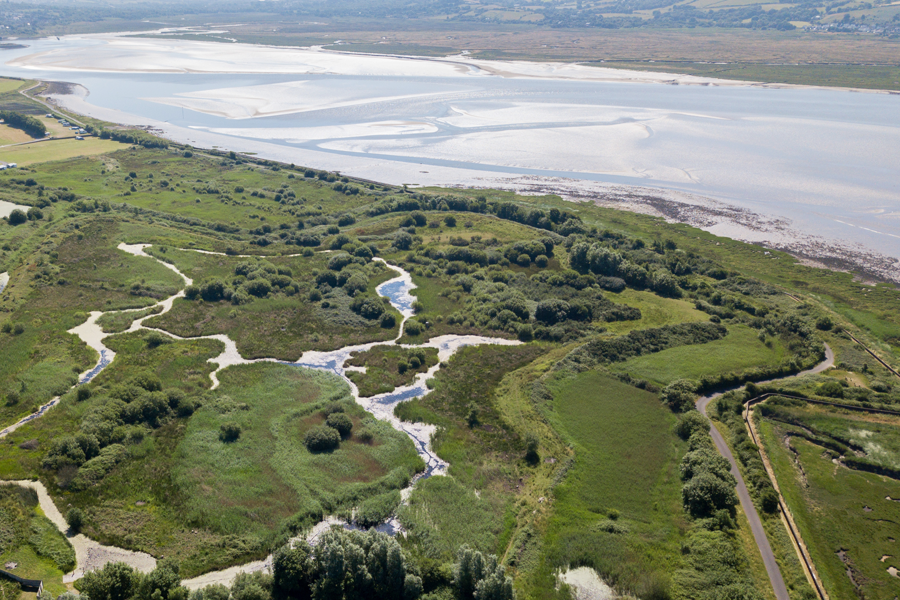
WWT Llanelli
WWT Llanelli
Around the UK, our coastal wetlands perform a similar role. At WWT Llanelli, the huge area of saltmarsh on the southern and western side of the site does an amazing job absorbing vast amounts of energy from the waves and tides, so that even during the biggest storms and spring tides the seawater still only creeps gently up the marsh towards the sea wall, and protects low-lying Llanelli from being flooded.
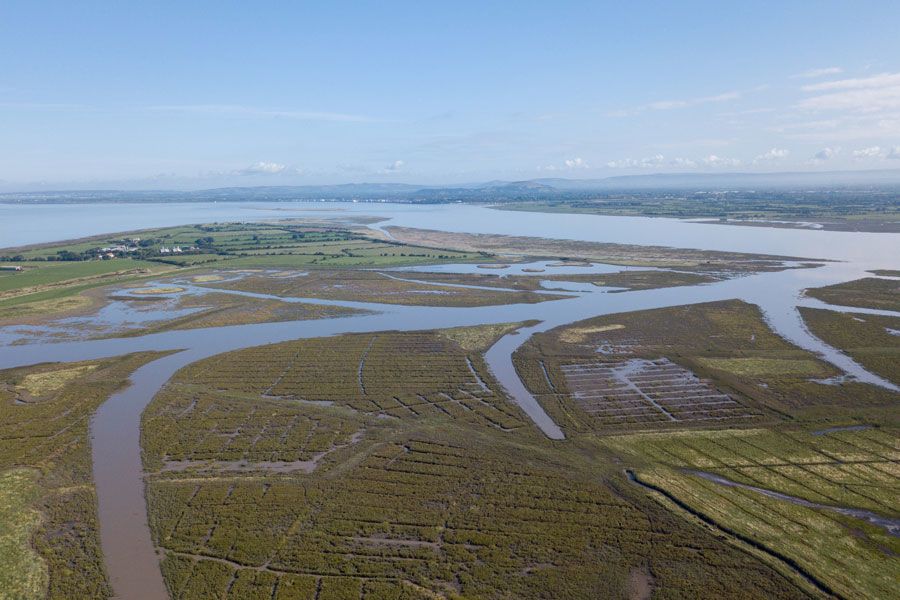
WWT Steart Marshes
WWT Steart Marshes
Hop across the Bristol Channel and the hundreds of hectares of saltmarsh and freshwater wetlands at WWT Steart Marshes are doing a similar job. The Severn Estuary’s flood management safeguards 100,000 homes and businesses worth £5 billion in towns and cities up and down the Bristol Channel including: Cardiff, Newport, Berkeley, Avonmouth, Portishead, Clevedon and Burham.
In addition, in times of heavy rain, water from the land surrounding Steart Marshes can be re-directed onto the wetland reserve where it can be stored. This protects nearby villages like Stockland Bristol from flooding, as Site Manager Alys Lever explains:
‘During the winter, if we know there’s going to be a lot of rain, we’ll bring water levels down on the reserve, to create additional water storage capacity. Some villages also have septic tanks so by holding onto floodwater on the reserve; we prevent these from being flooded out. Roads that used to flood no longer do. When you only have a single track road to your village this is key.’
Collecting the evidence
Around the UK, WWT has a strong track record in showing how wetlands can reduce flood risk in rural and urban areas and along our coasts, while at the same time benefitting wildlife.
WWT are working closely with organisations like the Environment Agency to build up a body of evidence. The hope is, this will help persuade Governments, businesses and other stakeholders to invest in wetlands – be they woody dams, urban rain gardens or saltmarshes – as a nature-based solution to reducing flooding.
‘While hard defences will continue to play a vital role in helping to keep people and places safe, even more important for reducing flood risk in future is managing the flow of water through the environment. And the best way to do that is through natural methods …creating wetland habitats that hold water and enhance biodiversity.’
The economic argument is persuasive. The natural Capital Committee – the Government’s own adviser – recommends investing in wetland creation and natural flood management approaches to achieve the goals of the Environment Plan, stating:
‘There’s a good economic case for expanding the extent of wetlands,’ and noting that: ‘wetland creation can generate returns of up to nine times the costs even of large-scale projects.’
It seems the Government is listening and is following up on its 25-year Environment Plan with policy measures – from a new Floods Strategy to a new Environmental Land Management Scheme (ELMS) which can potentially support wetland creation.
Finding alternative, cost-effective solutions that protect us from flooding is becoming one of the most pressing concerns of our time. The frequency of natural hazards like floods and coastal storm surges has more than doubled worldwide in just 35 years. And the Intergovernmental Panel on Climate Change (IPCC) is predicting ever more extreme weather events, as the effects of climate change are felt around the world.
According to UN-Water, some 90% of all natural hazards are water related.
It would seem that as the risk of being flooded increases, wetlands have never had so much to offer us. With a climate crisis upon us and biodiversity in rapid decline, this cannot come a moment too soon.

'Wetlands act as a natural safeguard against disasters,
which makes them important for protecting communities most at risk and vulnerable to the devastating effects of floods and storm surges.
It is crucial that more voices speak up for wetlands, more people become informed of their value and more decisive actions taken to conserve and restore this valuable ecosystem.'
Martha Roja Urrego, Secretary-General of the Ramsar Convention on Wetlands
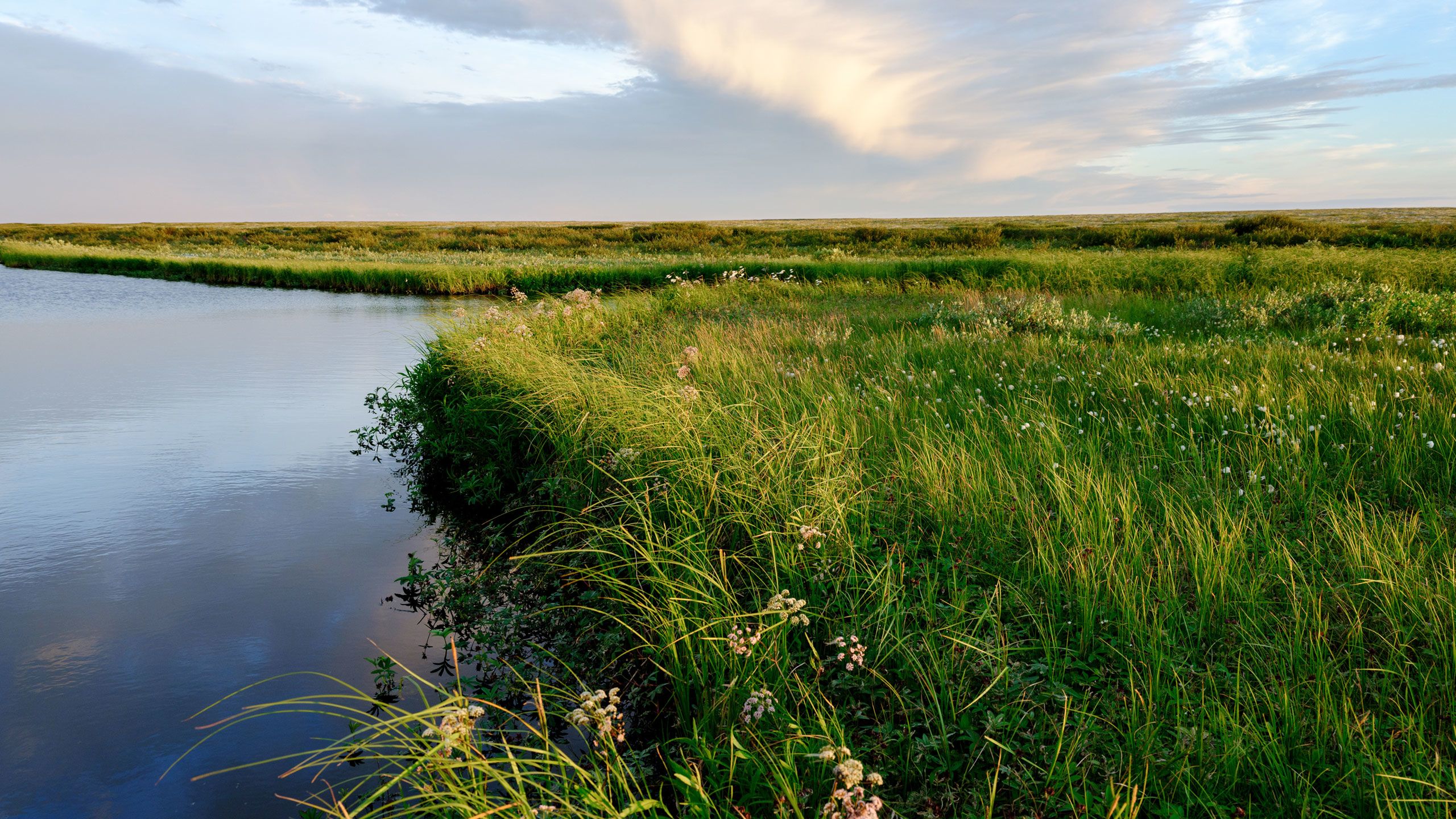
What can I do?
We can all play our part in helping to ‘Slow the Flow’ and reduce the impact of flooding. One of the best places to start is your garden. Find out how you can embrace the rain and make it flood-friendly with WWT’s expert top tips and inspiration.
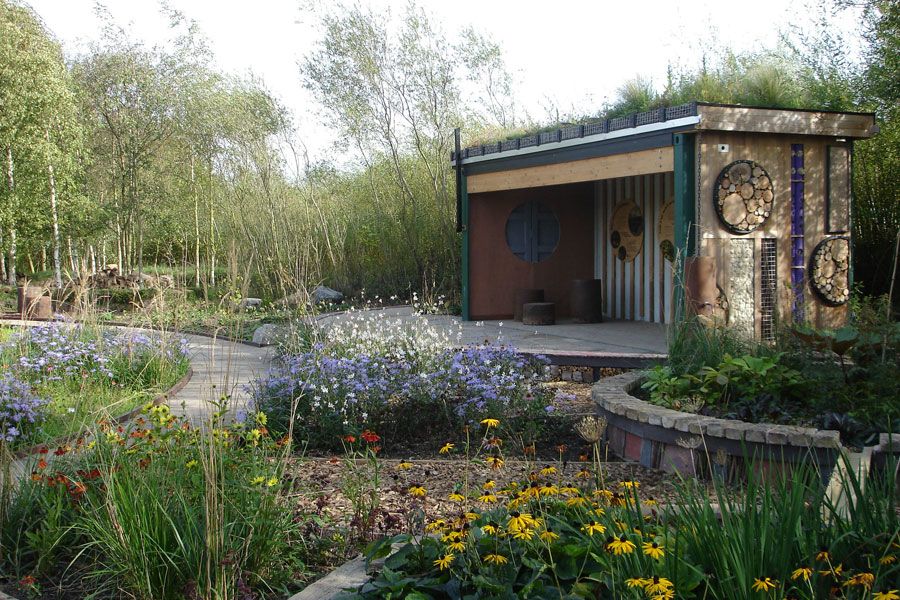
WWT's conservation projects
When the Covid-19 pandemic hit WWT called for a ‘Blue Recovery’ that invests in the creation of 100,000ha of wetlands as essential natural infrastructure to protect us into the future. These wetlands would provide many benefits, including protecting us from the growing threat of flooding. Here are some of the projects that will contribute to this effort.